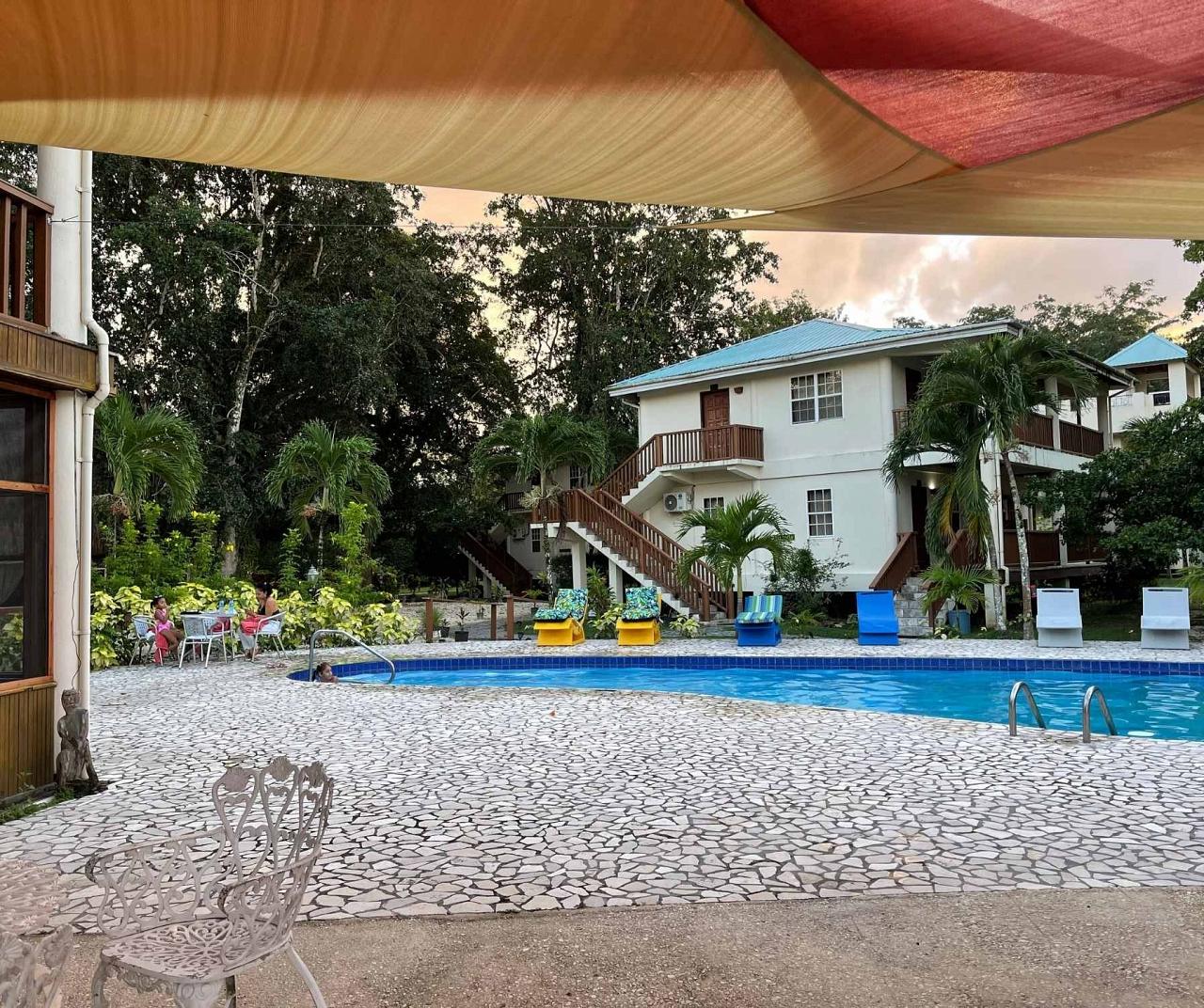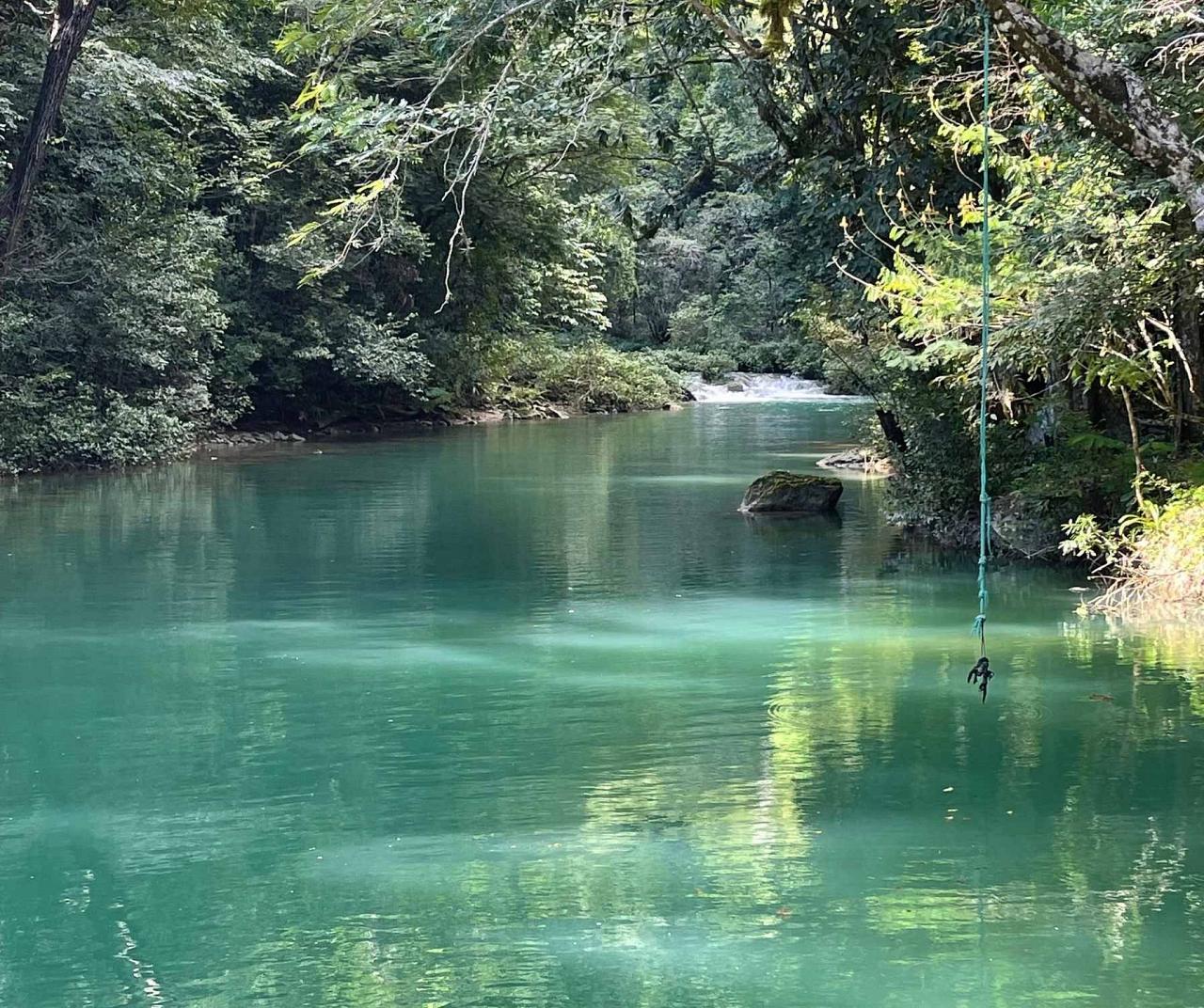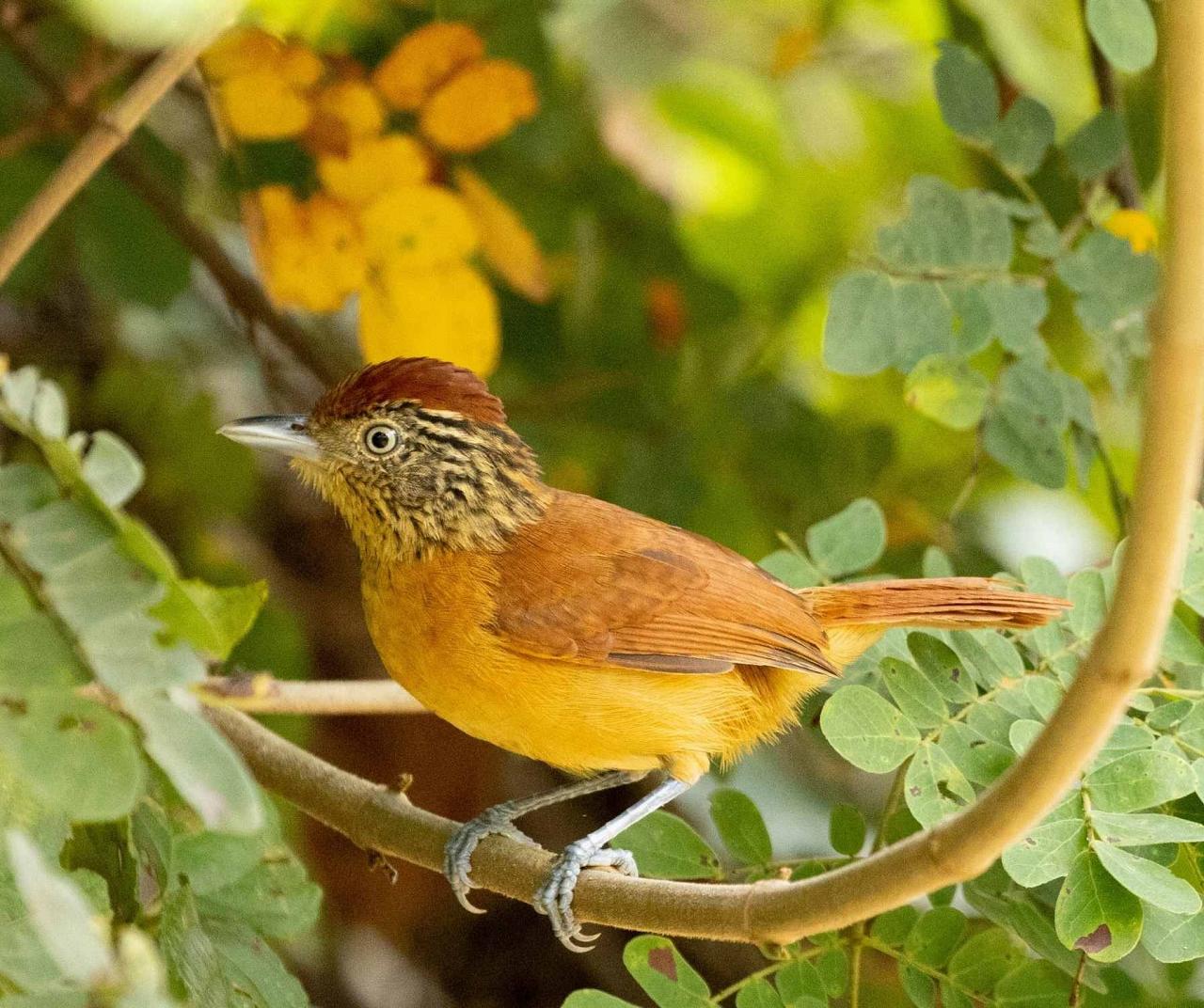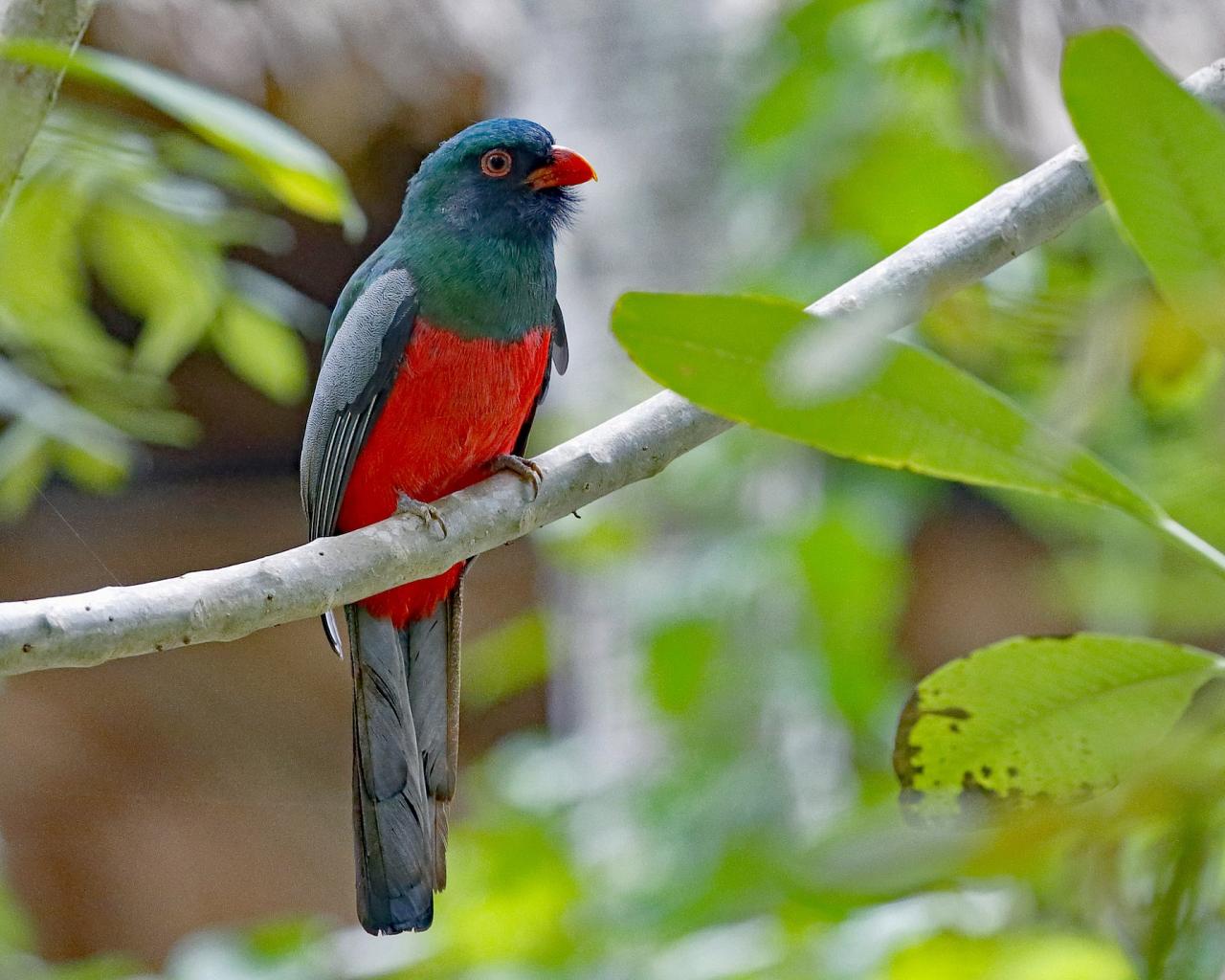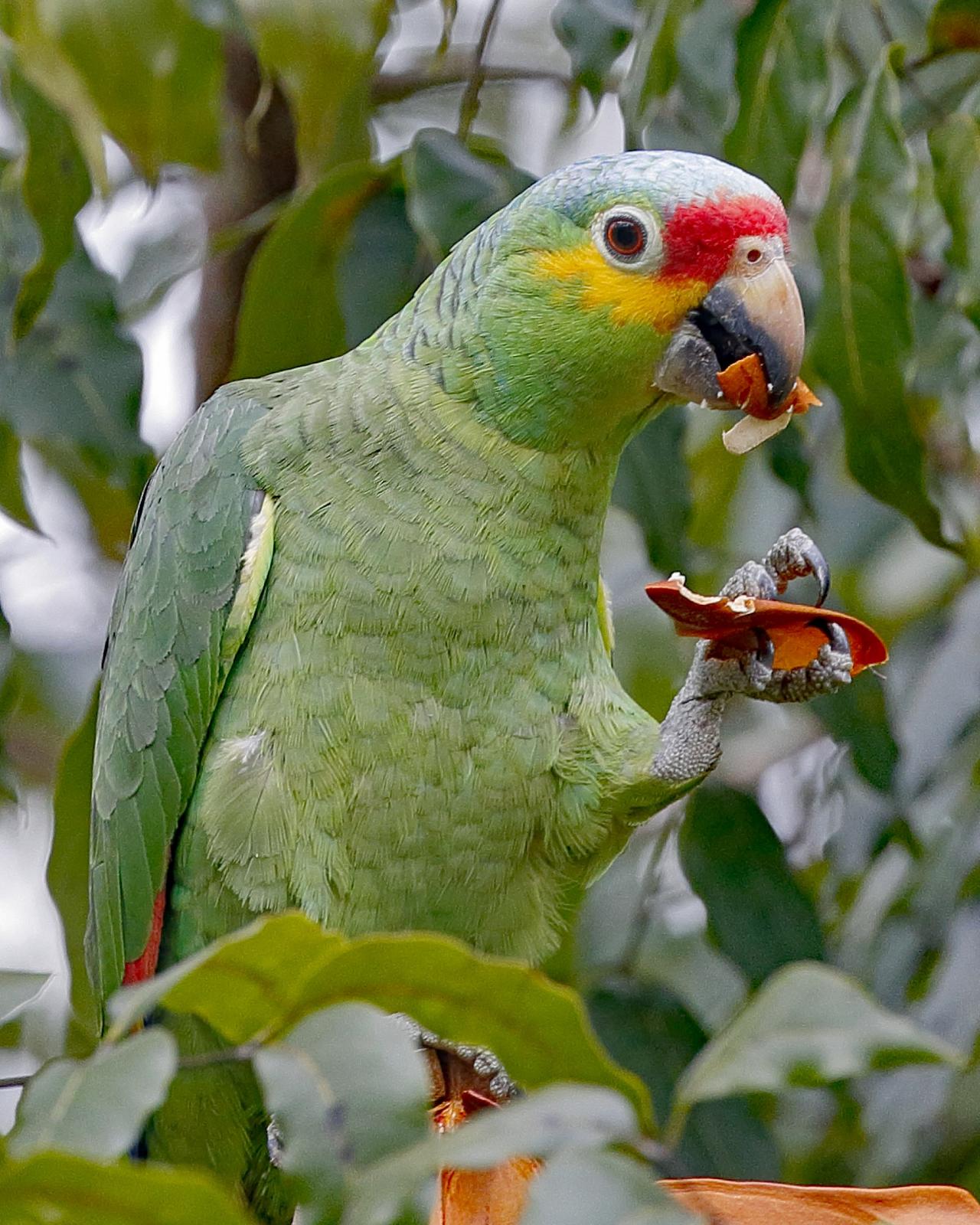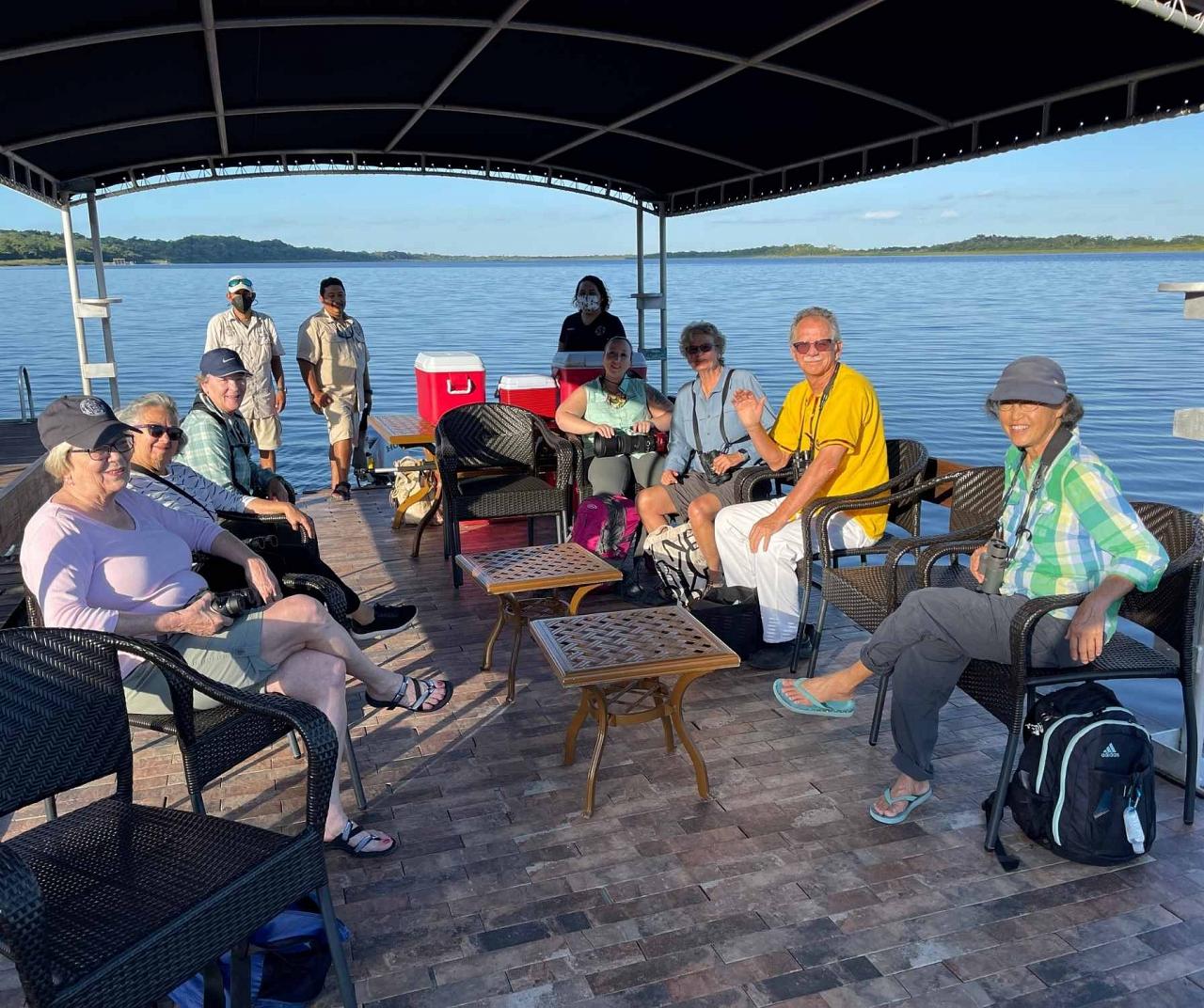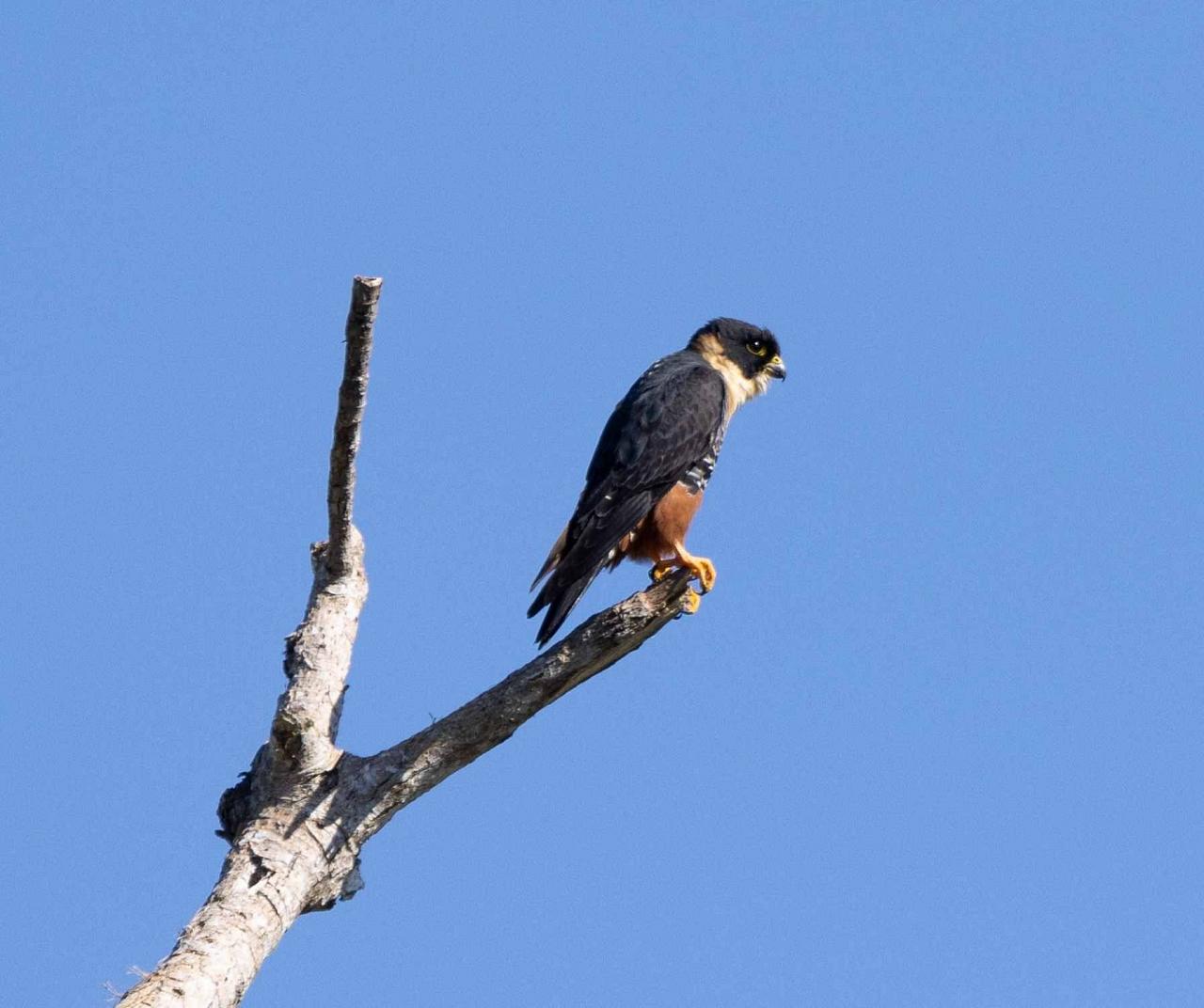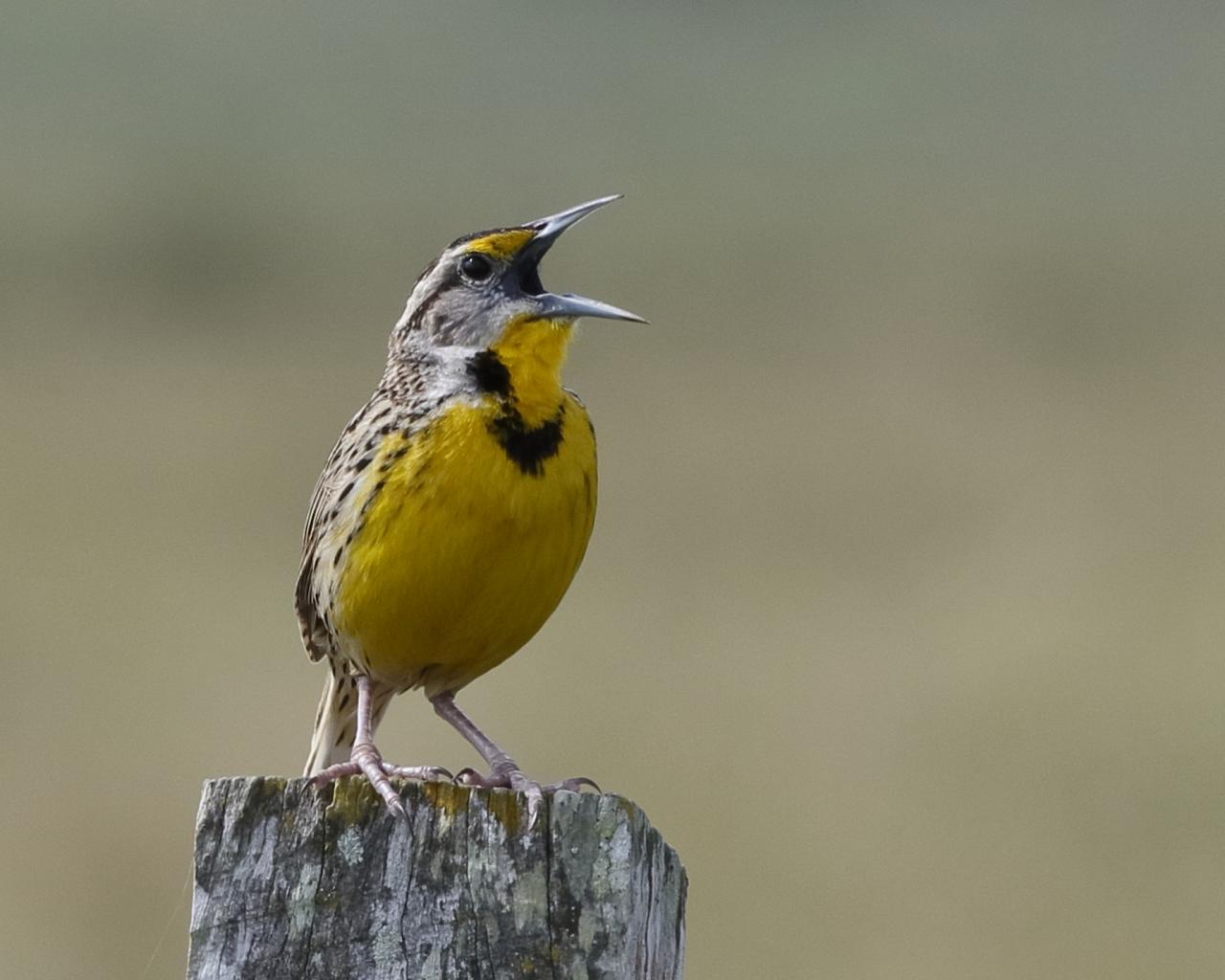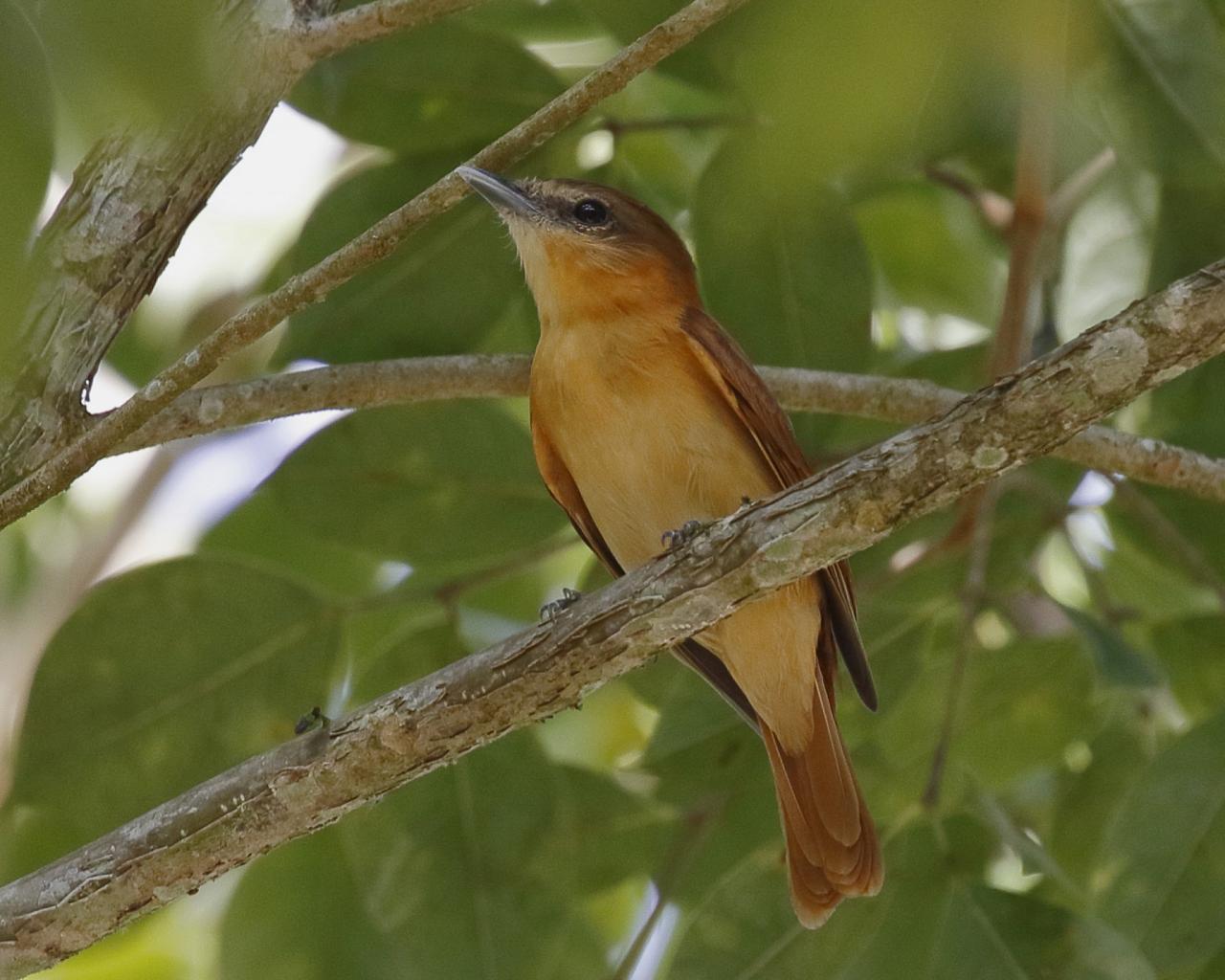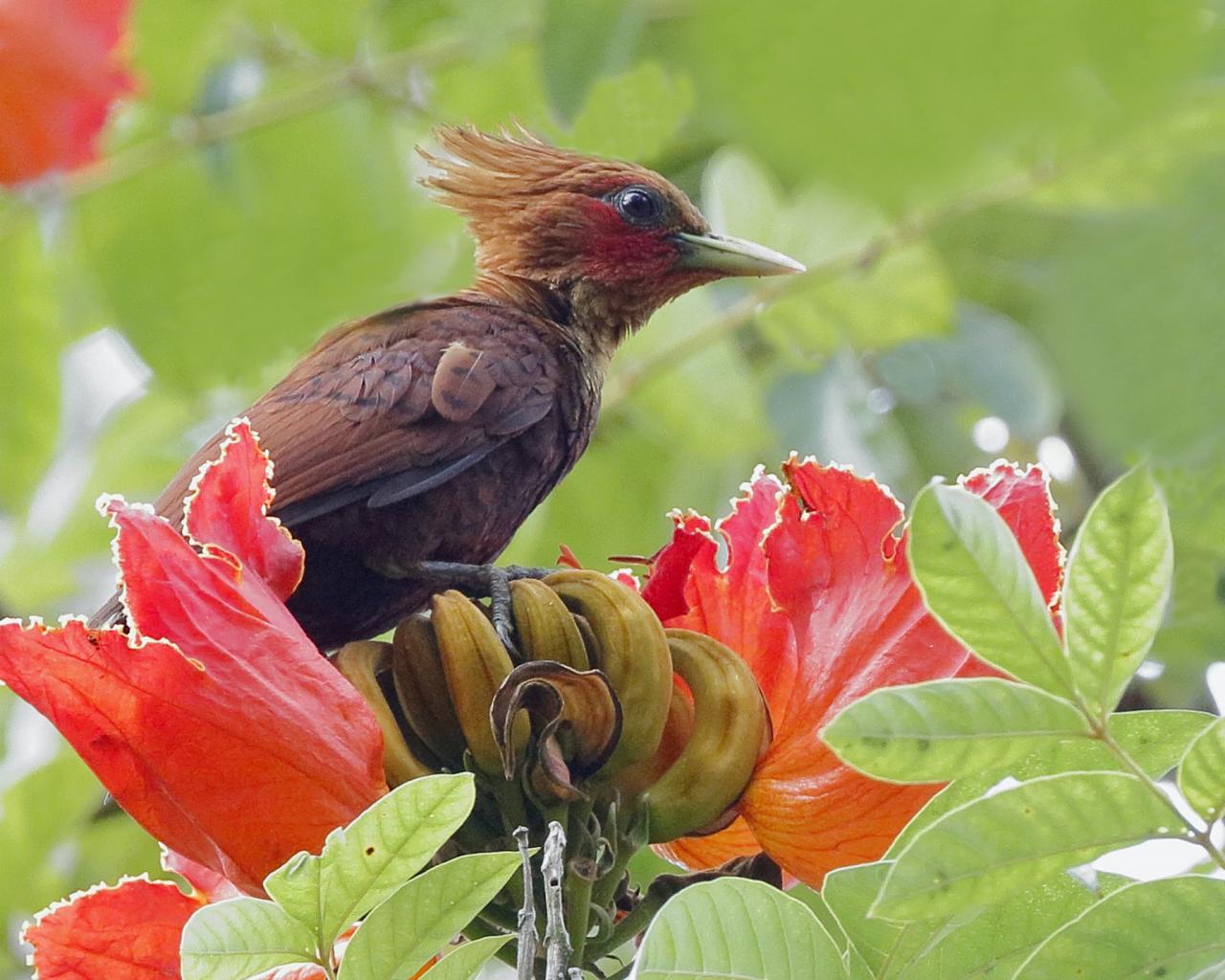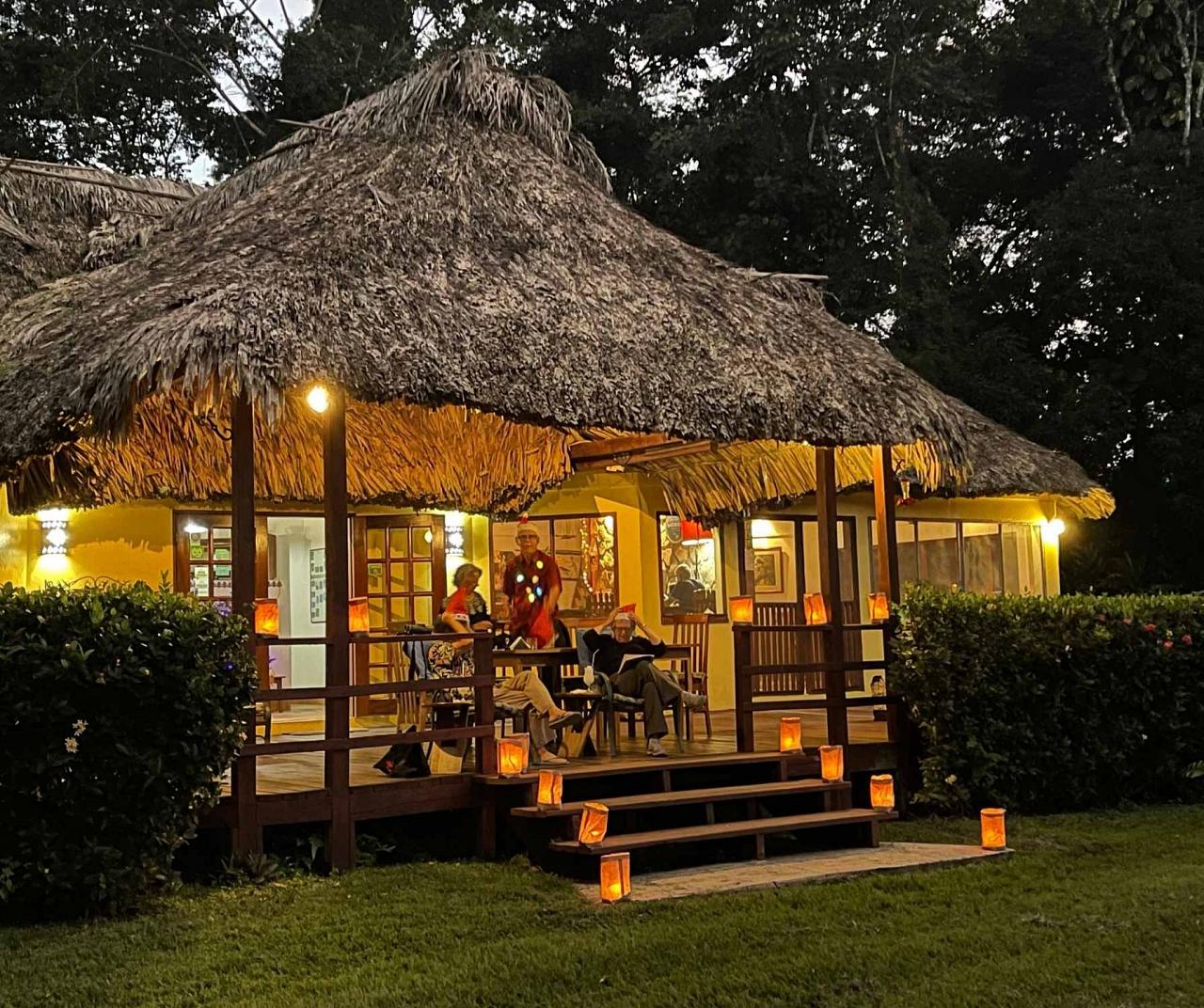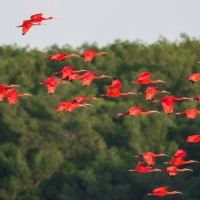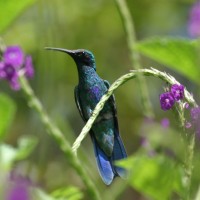- Overview
- Full Itinerary
- Photo Gallery
- Costing
- Travel Details
- Trip Reports
- Guide
- Map
- Know Before You Go
- Other Trips You May Like
Just a two-hour flight from Miami, Belize offers a rich blend of Maya ruins and lush forests, still wild enough to host Jaguars and a diversity of tropical birds, butterflies, and mammals. This nation’s warm, hospitable people speak English and have a strong tradition of caring for their biological legacy.
Join us for a relaxed-pace Christmastime tour to explore Belize’s biological treasures and cultural roots. We emphasize birding, but also examine natural history and Maya heritage while having some simple, relaxing fun. Colorful resident birds are joined by winter migrants, making birding each day extraordinary and fun!
Belize is Central America’s least populated country and logistics for travel here are simple—from US gateway cities it’s only a two-hour flight. Treat yourself this holiday season!
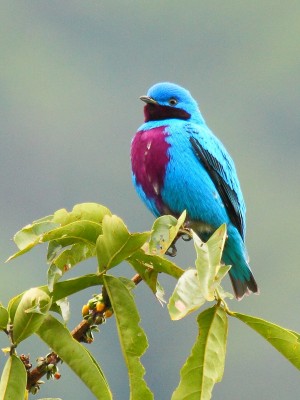
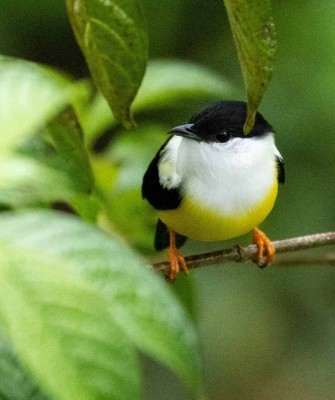
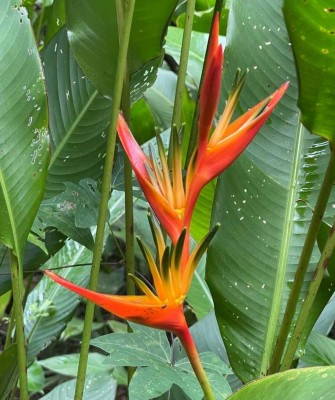
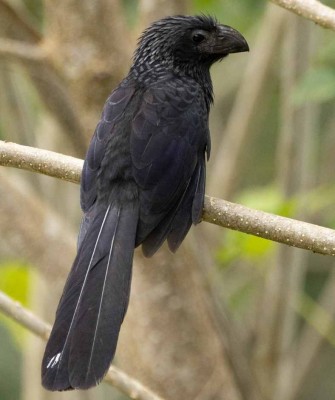
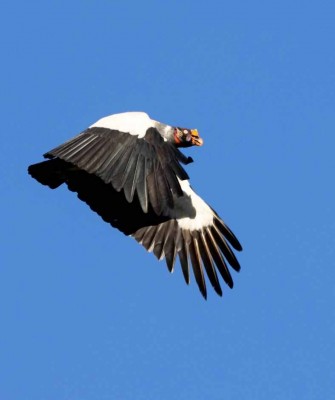
Tour Highlights
- Spend Christmas Day at Tanager Rainforest Lodge—relax by the pool, stroll the lodge’s trail system, tube or kayak down the Rio Grande
- Bird at the Nim Li Punit Maya site and stop for a local farmer’s chocolate demonstration
- Explore the lush Placencia Lagoon, lush with waders and other wildlife
- Relax with quiet beach time at Azure del Mar Resort
- See Scarlet Macaw at Red Bank Village
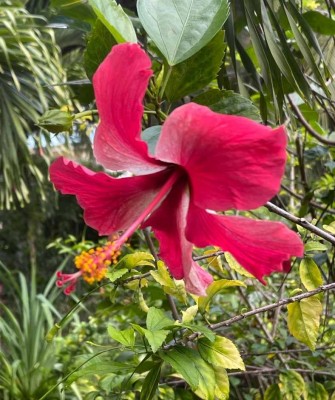
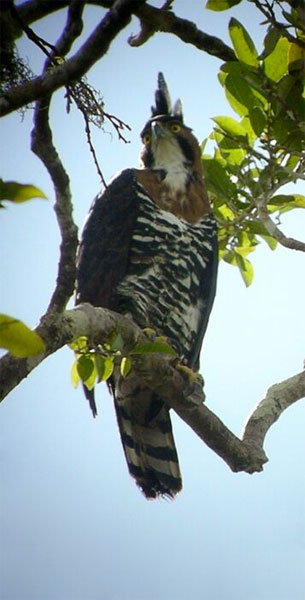
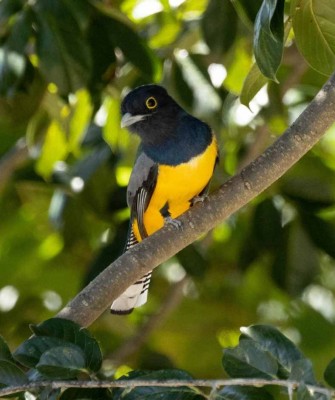
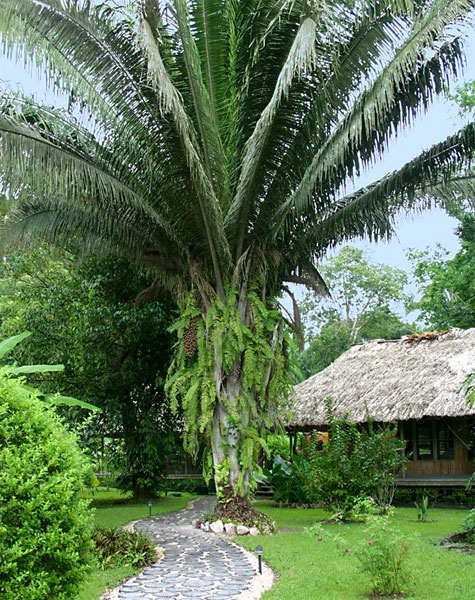
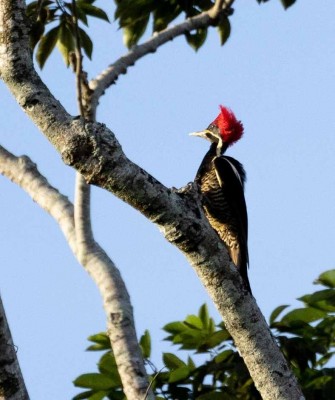
Trip Itinerary
Itineraries are guidelines; variations in itinerary may occur to account for weather, road conditions, closures, etc. and to maximize your experience.
Sat., Dec. 21 Arrivals in Belize | Tanager Rainforest Lodge
Welcome to Belize!
We transfer to Tanager Rainforest Lodge via a quick flight to Punta Gorda, which we book for you. Then, settle in for four nights at this outstanding location. Tanager Rainforest Lodge is located on the forested banks of the Rio Grande River (inflatable tubes make swimming fun and are provided for leisure time). This is one of the very best birding lodges in Belize, with attractive grounds, a swimming pool, and locally-influenced accommodations with thatched roofs that include hardwood interiors, sparkling bathrooms, comfortable furnishings, and fully screened windows.
Before dinner, we may spot Russet-naped Wood-Rail and scampering agouti on the open lawns fronting the main lodge building, which has a breezy, covered porch, Wi-Fi access, and comfortable seating—perfect for relaxing with an afternoon drink or morning coffee, while watching Rufous-tailed Hummingbird at the feeders or pondering your bird list.
Our lodge offers outstanding birding right on site, and it’s possible to spot species like Gartered Trogon, Yellow-billed Cacique, Gray-headed and Golden-hooded Tanagers, Grayish Saltator, and Red-throated Ant-Tanager literally steps from your door. Specialties like shy Bare-crowned Antbird and Rufous-breasted Spinetail (the most northerly species of this largely South American group) are regularly recorded within earshot of the main lodge, while the immediately adjacent Rio Grande River provides habitat for four of Belize’s five kingfishers (Green, Amazon, Belted, and Ringed), which can be seen without leaving the property.
This evening we get to know each other and discuss activities for the coming days, go over our species list, and listen to the eerie calls of Common Pauraque as the sun sets. Over the next three days we have the chance to bird and explore in a range of habitats, from savanna grasslands and coastal forests and mangroves, to interior forests and swamps.
Accommodations at Tanager Rainforest Lodge (D)
Sun., Dec. 22 Morning Lodge Birding | Afternoon Birding Excursion
With such excellent birding right on our doorstep, it’s hard to resist getting up at the crack of dawn. Coffee is ready ahead of breakfast, and a walk around the grounds is sure to be productive. Our local guide, Steven Choco, takes us on two early morning bird walks. This morning we plan to bird the lodge property, which sits on thirty acres on a long meander of the Rio Grande and includes riparian, secondary growth forest, disused agricultural land, orchard, and meadow habitats. Species we search for include Black-faced Antthrush, Barred Antshrike, Great Antshrike, Bare-crowned Antbird, Black-and-white Owl, Crimson-collared Tanager, Golden-hooded Tanager, Black-crowned Tityra, Pale-billed Woodpecker, Lineated Woodpecker, and Stub-tailed Spadebill.
After an excellent breakfast, we stay with Steven Choco for more birding on the lodge grounds. Then, in the late morning we head out with a packed lunch. All of the field trips from the lodge are within a thirty-minute drive, meaning less time in vehicles and more time outdoors. Depending on what’s being seen at the time of our visit, we may head to Blue Creek Village or a similar site (Forest Home), both featuring mature broadleaf and gallery tropical forests with riparian understory habitats.
Birding at both sites can be excellent, with important species in field and forest edge habitats include Striped Cuckoo, Bronzed and Giant Cowbirds, Plain-breasted Ground Dove, Blue-black Grassquit, Scaly-breasted Hummingbird, Fork-tailed Flycatcher, and Scrub Euphonia. The gorgeous Crimson-collared Tanager and closely related Passerini’s Tanager (the latter a specialty for southern Belize) are also both found along the road into Blue Creek (as well as on the lodge grounds). Less common raptors like Gray-headed and Double-toothed Kites are occasionally seen here, together with the common Roadside Hawk.
Birding mature forests in these areas can yield a number of intriguing mid-canopy and understory species, including Lesson’s Motmot, Little and Great Tinamous, Collared Trogon, White-breasted Wood Wren, Strong-billed Woodcreeper, Red-capped Manakin, Black-crowned Antshrike, and the seldom seen Ruddy-tailed Flycatcher. Along the forest margins we look for Collared Aracari, as well as White-whiskered Puffbird and Rufous-tailed Jacamar, the latter species typically sitting motionless for extended periods as they wait for large insect prey.
We may venture down to Punta Gorda to check out the shore or bird at a friend’s lodge where flowering gardens attract a different mix of species. Then back for drinks on the deck and a great dinner, artfully prepared.
Accommodations at Tanager Rainforest Lodge (B,L,D)
Mon., Dec. 23 Blue Creek or Guide’s Choice | Sunset at the Dump Rice Fields
Steve is such a master birder, and we like to allow him some choices to make the most of the moment. We may choose Blue Creek, a great hike with some primary forest and attendant elusive species; or, we may rise early to leave for birding among mature forest about two miles from the coast at Punta Gorda. The area is home to a troop of Yucatan Black Howler Monkeys that we have a good chance of seeing and hearing in the forest canopy. There are local pocket wetlands where we look for Little Blue Heron, Green Heron, and other egrets as well as roosting Yellow-crowned Night-Heron.
We return to Tanager Rainforest Lodge for lunch at Pearleen’s restaurant. This is Caribbean food like you’ve never seen, almost reason to book the trip! We may visit a local spice farm during the mid-day quiet hours, a fascinating operation with tropical spices grown from around the world.
Before sunset we have the option to visit what is known as the “Dump Rice Field,” an expanse of rice paddies and swamps located a short drive from the lodge. The road passing through sits on an elevated causeway, with side tracks leading into the marshy areas. Key species here include Sora, Ruddy and Uniform Crakes, Purple Gallinule, White-throated Flycatcher, Least Bittern, Short-tailed Hawk, Limpkin, and Common Tody-Flycatcher. Dinner this evening is at the lodge.
Accommodations at Tanager Rainforest Lodge (B,L,D)
Tues., Dec. 24 Nim Li Punit | San Felipe Hills
After grabbing coffee, juice, and a roll, our early morning birding outing today with Steven Choco focuses on the Nim Li Punit Maya site, located just six miles from the lodge. Nim Li Punit, which is Kekchi Maya for “Big Hat,” dates from the Maya Classic Period that flourished from the 5th through the 8th Century AD, and consists of three distinct plazas and several step-pyramids. In 2015, the second largest carved jade artifact in Belize was discovered here. The site itself is set high in mature forest with fantastic views east across the coastal plain to the cays in the Gulf of Honduras.
The area offers some very good birding, including several woodpeckers (Lineated, Pale-billed, Smoky-brown, and potentially Chestnut-colored) and woodcreepers (Streak-headed, Wedge-billed, and Ivory-billed), as well as various migrant warblers and vireos. Other possible highlights include White-crowned Parrot, Keel-billed Toucan, White-throated Thrush, Hook-billed Kite, Red-legged and Green Honeycreepers, Bat Falcon, Yellow-bellied Tyrannulet, Blue Grosbeak, Montezuma Oropendola, and Rose-throated Becard.
We return for a proper breakfast, and then head out for the San Felipe Hills, a karst landscape about 12 miles from the lodge. Our goal is to bird across an orange grove (Belizean orchards are not the manicured settings we’re used to at home, and can be great for birding), and eventually arrive at the karst limestone foothills of San Felipe that rise to a height of around four hundred feet. As the ground slopes upwards, we enter a broadleaf forest. We look for some of the most difficult to locate species in Belize, including Tody Motmot, Rufous Piha, Rufous Mourner, Northern Schiffornis, Nightingale Wren, Scaly-throated Leaftosser, White-winged Becard, Tawny-crowned Greenlet, and Northern Barred Woodcreeper.
As the day heats up, we head to Ixcacao Maya Belizean Chocolate a small twenty-year old business run by Juan and Abelina Cho. We have lunch there with a chocolate themed main course and a selection of beautiful vegetable dishes from their own gardens. We also have a chance to try a variety of chocolate flavors such as chocolate with salt, chili, cardamom, ginger, and coconut and learn about the chocolate making process. We return to the lodge for a break—swimming or kayaking, or perhaps a good book and a hammock on your veranda.
We gather on the lodge’s porch this evening to update bird lists and review the day, and after dusk we may get lucky and hear (or even see) one or more of the resident Black-and-white Owls, which previously nested on the lodge grounds (and were recorded here in 2017 and 2018). We should also see Common Pauraque and Lesser Nighthawk flitting across the dusky sky before we head inside. Dinners her are excellent, often featuring fresh seafood and Belizean beef, with local fruits and vegetables. This evening, those who wish can attend a midnight mass.
Accommodations at Tanager Rainforest Lodge (B,L,D)
Wed., Dec. 25 Christmas at Tanager Rainforest Lodge
Merry Christmas! Today is gentle, with lodge and possibly local birding opportunities, as well as time to just relax in nature. With such excellent birding right on our doorsteps, it’s hard to resist getting up at the crack of dawn, soaking in all the morning bird song with coffee or tea in hand. The lodge sits on thirty acres within a long meander of the Rio Grande and includes riparian, secondary growth forest, disused agricultural land, orchard, and meadow habitats. Species we could see this morning as we stroll include Black-faced Antthrush, Barred Antshrike, Great Antshrike, Bare-crowned Antbird, Black-and-white Owl, Crimson-collared Tanager, Golden-hooded Tanager, Black-crowned Tityra, Pale-billed and Lineated Woodpecker, and Stub-tailed Spadebill.
Off-site excursions may be available, but we leave today loose to keep things relaxed and enjoy the holiday. Tonight enjoy a special dinner at the lodge and hear about plans for tomorrow’s adventures.
Accommodations at The Tanager Rainforest Lodge (B,L,D)
Thurs., Dec. 26 Transfer to Azure del Mar
This morning we enjoy a final breakfast at Tanager before saying our goodbyes. Steven Choco stays with us for the remainder of our trip. We transfer to our new lodge, Azure del Mar, a two-hour drive. Our lodge is right on the beach on the Placencia Peninsula and boasts 150 feet of beachfront on the Caribbean Sea. This is a small resort with a pool, restaurant, and bar on sight. The resort also has kayaks, paddleboards, and snorkeling gear for water exploring, and perfectly placed hammocks to relax in and soak in the beach time. Look up for terns, frigatebirds, pelicans, and more … and keep a close watch on the lodge grounds and the beach for herons, egrets, migrant warblers, and resident tanagers, woodpeckers, and (of course), Bananaquits.
We relax today—we’re at the beach after all. We may have an optional close-by birding excursion or simply just settle in an enjoy.
Accommodations at Azure del Mar Resort (B,L,D)
Fri., Dec. 27 Morning Birding at Placencia Lagoon | Resort Relaxing
We enjoy a pleasant breakfast this morning at the lodge before heading out to do some morning lagoon birding. The Placencia Lagoon lies behind the peninsula and is nearly 15 miles long. This rich estuary boasts enormous marshy wetlands and connects to three important waterways—Mango Creek, Jenkis Creek, and Waha Leaf Creek. We specifically keep our eyes peeled for the stunning Jabiru and other waders, as well as other water dwellers like Morelet’s Crocodile, West Indian Manatee, and even dolphins. The mangroves along the margins host myriad birds, including Common Gallinule, Mangrove Cuckoo, Bare-throated Tiger-Heron, darling Boat-billed Heron, Snail Kite, Common Black Hawk, and more.
This afternoon we relax at the resort; Steve is around if you have ID questions and we may offer a casual afternoon birding stroll.
Accommodations at Azure del Mar Resort (B,L,D)
Sat., Dec. 28 Red Bank Village | Resort Relaxing
We depart early this morning for Red Bank Village in the Stan Creek District. The hills behind Red Bank are the most accessible area in Belize to reliably locate Scarlet Macaw. Conservation organizations, as well as the village of Red Bank, have been involved in a macaw monitoring program for well over a decade, gathering data on the movement and behavior of these charismatic birds that arrive in the area in December and depart by early spring. The dates of our tour match well with the presence of these birds at Red Bank, maximizing our chances to enjoy this spectacularly gaudy parrot.
We start in the village and then slowly work our way (on foot and by vehicle) into the forest and towards a cacao plantation. If we’re fortunate, we see flights of macaws over the nearby hillsides. We also bird the forest-scrub road margins as we move along, watching for saltators, Green-backed Sparrow, Gray Catbird, Long-billed Gnatwren, Dusky Antbird, and Blue-black Grosbeak.
Eventually we pass the isolated Mennonite outpost of Roseville, and approach the cacao plantation. The plantation provides very good habitat for birds and wildlife, and on past stops here both Tayra (a large omnivorous mammal from the weasel family, sometimes called bush-dog) and Howler Monkey (heard only) were documented. Among the more interesting birds we saw here on a prior trip were Tawny-crowned Greenlet, Great Antshrike, Northern Schiffornis (we crawled after this one under the cacao plants), White-winged Becard, Crane Hawk, and Great Black Hawk.
Again, our afternoon is relaxed at the resort. We enjoy a final celebratory dinner and bird list tally tonight.
Accommodations at Azure Del Mar Resort (B,L,D)
Sun., Dec. 29 Departures
After breakfast we board our short flight back to Belize City airport for flights home. (B)
Cost of the Journey
Cost of the main tour is $4990 DBL / $5515 SGL per person, based on double occupancy, from Belize City. Cost includes: all accommodations; all meals as stated in the itinerary; group airport transfers; ground transportation within Belize; both domestic flights; professional guide services; park, preserve, and other activity fees; lodge tips; and miscellaneous program expenses.
Tour price does not include: roundtrip airfare to and from Belize City or items of a personal nature such as laundry, porterage, telephone charges, or alcoholic beverages. Gratuities for your local lodge guides in Belize are not included, these are at your discretion, but highly appreciated and recommended.
Travel Details
Please plan to make air travel plans only after the minimum group size has been met. We will send you a confirmation email as soon as the trip has been confirmed.
Arrival and Departure Airport: Philip S.W. Goldson International (BZE) in Belize City
Arrival Details: Plan flights to arrive December 21, 2024, no later than 12:00 PM. We have a flight to Punta Gorda at 2:00 PM.
Departure Details: Plan flights to depart December 29, 2024, after 1:00 PM. We have a short flight back to Belize City in the morning.
Travel Tip: If you arrive early to rest up from your travels, we recommend booking a night at the Black Orchid Resort. You will need to be back at the airport by 12:00 PM on December 21 for the flight to Punta Gorda.
Browse below for trip reports and species lists from past versions of this and other tours from this destination.
Belize
- March 2014
- February 2016
- January 2017 (w/Cave Creek Ranch)
- February 2017 (Private Tour)
- February 2017
- January 2018
- March 2018
- January 2019
- March 2019
- January 2020
- February 2020
- March 2020
- July 2021
- October 2021
- November 2021 (Birds & Beaches)
- December 2021
- January 2022
- March 2022
- November 2022
- January 2023
- February 2023 (3 Lodge Tour)
- March 2023
- November 2023 (3 Lodge Tour)
- January 2024
- February 2024 (3 Lodge Tour)
- March 2024
Southern Belize
- March 2018
- February 2019
- February 2020
- March 2021
- February 2022
-
Stephen Grace
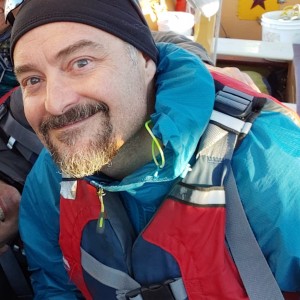
Stephen is an award-winning author, natural history educator and conservationist. He has also contributed to documentary films, and his nature photography has been widely published. Over the past two decades, he has introduced groups of travelers to nature and culture in destinations as varied as Uganda, New Zealand and Alaska.
After moving from Colorado to the Oregon coast, Stephen was captivated by the sight of a Tufted Puffin carrying fish back to its burrow, and the first time he heard a Swainson’s Thrush sing, he knew his life would never be the same. He has been studying birds and sharing their beauty with people ever since.
Formative experiences during Stephen’s journey as a naturalist have included tagging along as a teenager with his grandparents in Madera Canyon, where he absorbed their love of Arizona’s sky islands; helping people with different ability levels experience the Yellowstone ecosystem when he lived in Jackson Hole, Wyoming; and sailing aboard a historic schooner to share the wonders of the Salish Sea with students.
Now based in Port Townsend, Washington, Stephen explores the Pacific Northwest by backpacking, paddleboarding, snorkeling, biking, trail running, and skiing. His wide-ranging natural history pursuits include coring trees to count their growth rings, identifying bats by analyzing their biosonar signals, hunting mammoth tusks in Pleistocene bluffs, searching for the elusive Rubber Boa, preserving native prairie, raising awareness about plankton, and leading sea slug safaris.Other trips with Stephen Grace
-
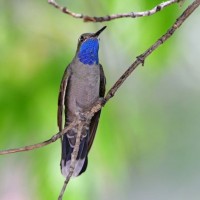 Southeast Arizona FULL - See our Monsoon Madness departures!April 26 - May 5, 2024
Southeast Arizona FULL - See our Monsoon Madness departures!April 26 - May 5, 2024 -
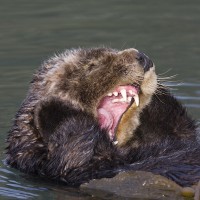 Olympic Peninsula Spring ExplorerMay 6 - 13, 2024
Olympic Peninsula Spring ExplorerMay 6 - 13, 2024 -
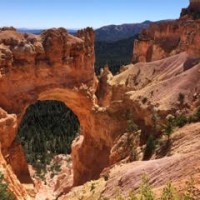 Birding Canyon Country Zion, Bryce Canyon & Grand Canyon National ParksMay 18 - 26, 2024
Birding Canyon Country Zion, Bryce Canyon & Grand Canyon National ParksMay 18 - 26, 2024 -
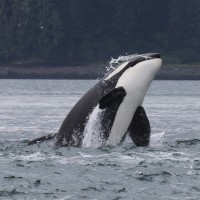 Alaska’s Northern Passages & Glacier Bay Whales, Puffins & MoreJune 29 - July 6, 2024
Alaska’s Northern Passages & Glacier Bay Whales, Puffins & MoreJune 29 - July 6, 2024 -
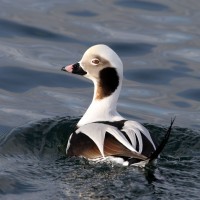 Olympic Peninsula Fall ExplorerSeptember 5 - 12, 2024
Olympic Peninsula Fall ExplorerSeptember 5 - 12, 2024 -
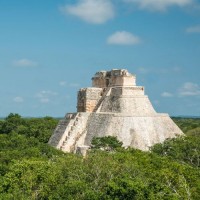 Yucatán Peninsula: Neotropical Birds & Maya RuinsJanuary 19 - 30, 2025
Yucatán Peninsula: Neotropical Birds & Maya RuinsJanuary 19 - 30, 2025 -
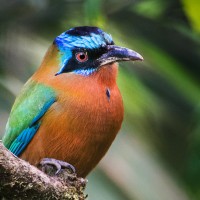 Trinidad & Tobago: Incredible Birds & WildlifeFebruary 13 - 22, 2025
Trinidad & Tobago: Incredible Birds & WildlifeFebruary 13 - 22, 2025 -
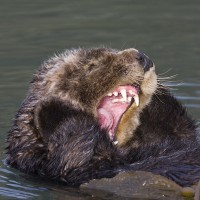 Olympic Peninsula Spring ExplorerMay 5 - 12, 2025
Olympic Peninsula Spring ExplorerMay 5 - 12, 2025 -
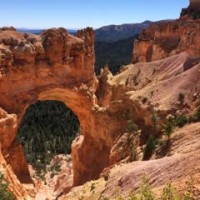 Birding Canyon Country Zion, Bryce Canyon & Grand Canyon National ParksMay 18 - 26, 2025
Birding Canyon Country Zion, Bryce Canyon & Grand Canyon National ParksMay 18 - 26, 2025
-
Photo credits: Banners: Keel-billed Toucan (Canva Stock), Lamanai (Canva Stock), Black Orchid (Canva Stock), Jabiru (Peg Abbott), Black Howler Monkey (Canva Stock), Belize Birding Group (Carlos Sanchez), Great Black Hawk (Carlos Sanchez) Gallery: Lodge (Peg Abbott), Black-cheeked Woodpecker (Gerold Morrison), Lagoon Scenic (Peg Abbott), Barred Antshrike (Peg Abbott), Slaty-tailed Trogon (Gerold Morrison), Red-lored Parrot (Gerold Morrison), Belize birding group (Peg Abbott), Bat Falcon (Peg Abbott), Eastern Meadowlark (Gerold Morrison), Cinnamon Becard (Gerold Morrison), Chestnut-colored Woodpecker (Gerold Morrison), Lodge (Peg Abbott) Primary Photo Gal: Lovely Cotinga (James Adams), White-collared Manakin (Peg Abbott), King Vulture (Peg Abbott), Belize flower (Peg Abbott), Smooth-billed Ani (Peg Abbott) Secondary Photo Gal: Hibiscus (Peg Abbott), Ornate Hawk-Eagle (Narca Moore-Craig), Gartered Trogon (Peg Abbott), Lineated Woodpecker (Peg Abbott)








